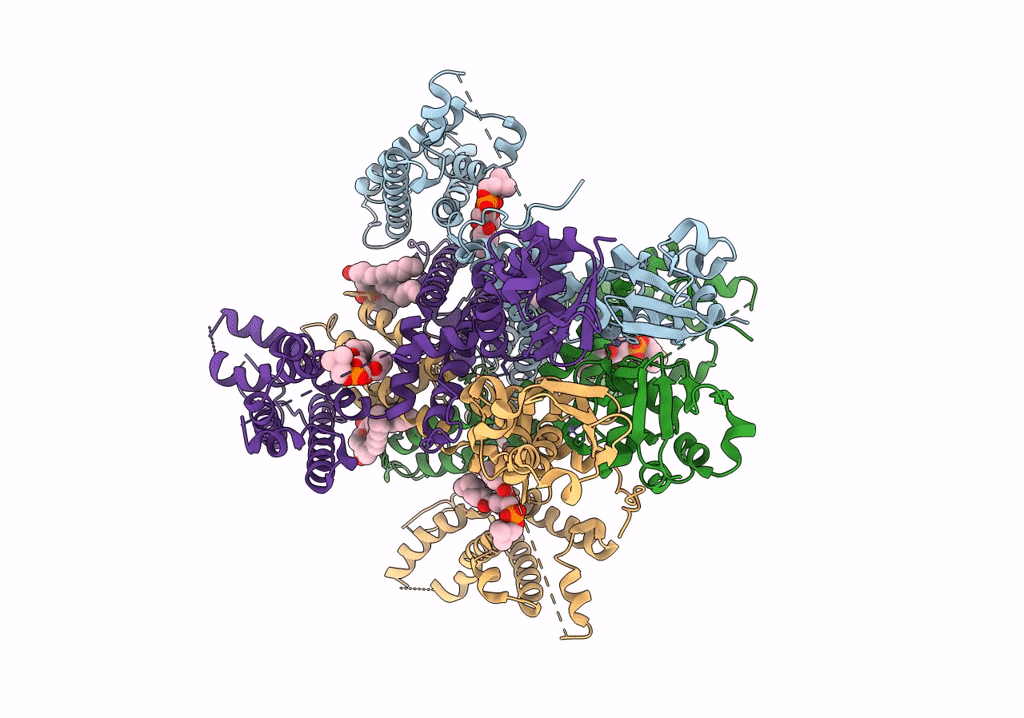
Deposition Date
2021-08-17
Release Date
2022-03-02
Last Version Date
2025-07-09
Entry Detail
PDB ID:
7PHL
Keywords:
Title:
Human voltage-gated potassium channel Kv3.1 (with EDTA)
Biological Source:
Source Organism:
Homo sapiens (Taxon ID: 9606)
Host Organism:
Method Details:
Experimental Method:
Resolution:
3.20 Å
Aggregation State:
PARTICLE
Reconstruction Method:
SINGLE PARTICLE


